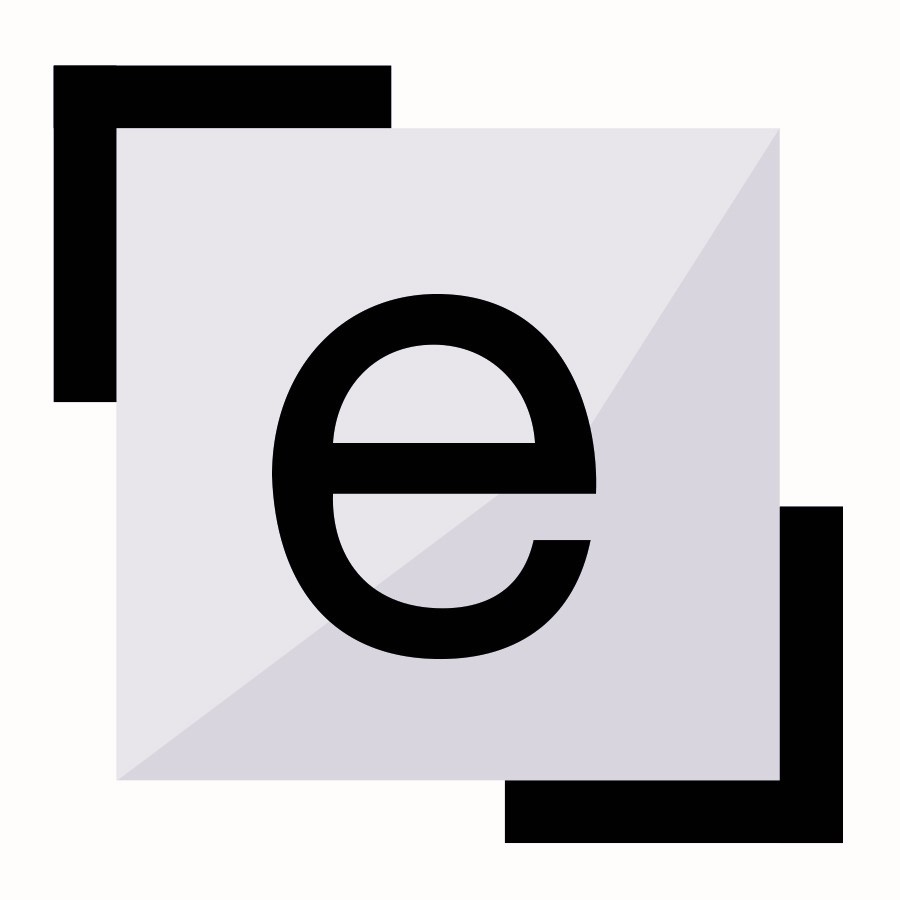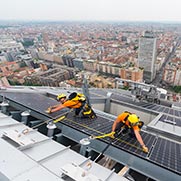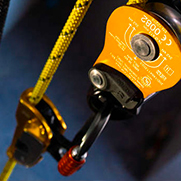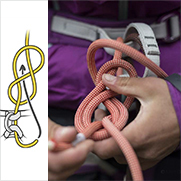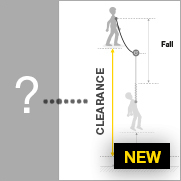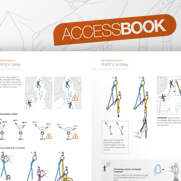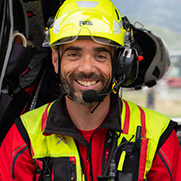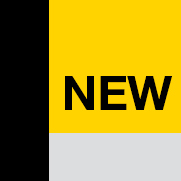PETZL PERSONAL PROTECTIVE EQUIPMENT (PPE) STANDARDS CERTIFICATION
We regularly receive questions related to standards certification. Here are some answers.
February 19 2025
Rope access and confined space
 Why do we use standards?
Why do we use standards?
The user needs to know that an item of PPE is suitable for their intended use and that it will provide the proper level of protection. They may also expect a certain "gauge" of quality. Independent product testing, certification, marking and instructions can achieve this. In order to place PPE on the market, complying with standards is also a legal requirement in many countries throughout the world.
What are standards?
Regulatory Framework
Many countries have general regulations to ensure that PPE provides safety, health and environmental protection.
Conformance with the European Union PPE Regulation is indicated by the CE mark, in the Eurasian Economic Union, it is EAC (Eurasian Conformity). China has CMA (China Metrology Accreditation). In the US there is OSHA (Occupational Safety and Health Administration) and the CPSIA (Consumer Product Safety Improvement Act) and there are equivalent regulations in Canada: The Canadian Centre for Occupational Health and Safety (CCOHS), and Canada Consumer Product Safety Act (CCPSA). Japan splits helmets from other devices with JSSH and JSFAD (Japanese Standard for Safety Helmets, and Japanese Standard for Fall Arrest Devices respectively).
Standardization
Creating, publishing and revising technical documents (often referred to as "standards" or "norms") in order to harmonize an activity sector or type of product is performed by dedicated organizations such as CEN (European Committee for Standardisation) who creates and publishes European Standards, ANSI (American National Standards Institute), CSA (Canadian Standards Association), ISO (International Standards Organisation), UIAA (International Climbing and Mountaineering Federation or Union Internationale des Associations d'Alpinisme), ASTM International, Standards Australia, ABNT (Brazilian Technical Standards Association) and NFPA (National Fire Protection Association). The documents produced may be local or internationally recognized. Many of these organizations have cooperation agreements between them.
Certification
Recognized independent conformity assessment bodies give assurance that an organization, process, service or product complies with the requirements set out in a document such as a standard or technical specification. Examples of such bodies may be UL Solutions in the United States, APAVE in France (number 0082), TÜV in Germany and Austria (0197) or SGS UK (0120).
Petzl products are available across the world and therefore meet a wide range of requirements.
How do standards work?
Certification involves testing by the independent bodies, multiple technical documents provided by the manufacturer, and usually an audit of the manufacturer's quality assurance system and production, such as ISO 9001, to ensure continuing compliance. It is the manufacturer's responsibility to apply for each certification for each product, and for every local area in which the manufacturer wants to sell the product. At the local level, the distributor/importer, and all resellers have a responsibility to ensure the certification is correct and relevant.
Europe
The CE mark can be displayed on the product if it meets the essential requirements of the PPE Regulation. Often there is a relevant European Standard (EN) to follow. Where no standard exists, a manufacturer can provide their own technical specifications. In both cases, the independent body has responsibility for certification of all PPE of "complex" design. Self-certification by a manufacturer with their own ISO 1725 test facility is only possible for simpler items of PPE where there's a much lower likelihood of injury to the user.
North America
PPE for work at height and rescue in the US falls under the guidance of OSHA. There are also standards available, published by NFPA, ANSI, CSA and ASTM, and a manufacturer can affix the relevant UL logo if they have used them as their chosen accreditation body. The overall requirement is that the user is able to show that they are following OSHA guidance in the workplace, although using UL or similarly marked products alone won't be enough to prove this.
Japan
Specific regulations cover the five principal types of PPE; full body harnesses, lanyards, connectors, energy absorbers and helmets. The JSFAD or JSSH markings can be applied if the product meets the requirements of the Japanese regulation, which refers to Japanese or equivalent EN standards.
China
Currently, not all types of PPE are covered. For work at height and rescue equipment, not including pulleys, ropes and rope clamps, the GB mark can be applied where there has been a CMA test report after meeting the requirements of the GB standard or XF standard for fire fighting equipment. For pulleys, ropes and rope clamps, there isn't a framework for work at height but where they are destined for fire fighting, then the XF standards apply. For recreational PPE there's only a voluntary GB/T standard for dynamic rope.
Eurasian Economic Union
EAC certification testing and validation of conformance to the EAC requirements is performed by an accredited certification body within the Eurasian Economic Union. A suite of local standards exists including fall protection equipment among other PPE.
Many other regions and countries have their own requirements, e.g. AS/NZS in Australia and New Zealand, often incorporating existing technical documents from other frameworks. In these cases, careful consideration must be made to the local requirements and protocols.
In addition, local and international standards are regularly updated, and often have overlapping or even differing requirements for the same product or type of use, which can increase the complexity of marking, regularity of certification and sometimes even clarity for the end user.
In Conclusion
Standards certification gives a user reassurance that PPE has a known and measurable performance, is comparable between manufacturers following a minimum set of general requirements, and may meet local or international standards in addition. The user of a certified and marked product can be confident that the manufacturer has an effective quality system in place.
It's the responsibility of the user, or their employer in a work situation, to select PPE which is appropriate for the task and correctly certified for the local area.
1) The I'D has multiple certifications (UL, CE, EAC) and EN, ANSI and NFPA standards marked on the device for information.
2) The GRIGRI + has the UIAA and CE mark along with a European standard.
3) The ZIGZAG has no standards, but carries CE and EAC markings.
Related News

